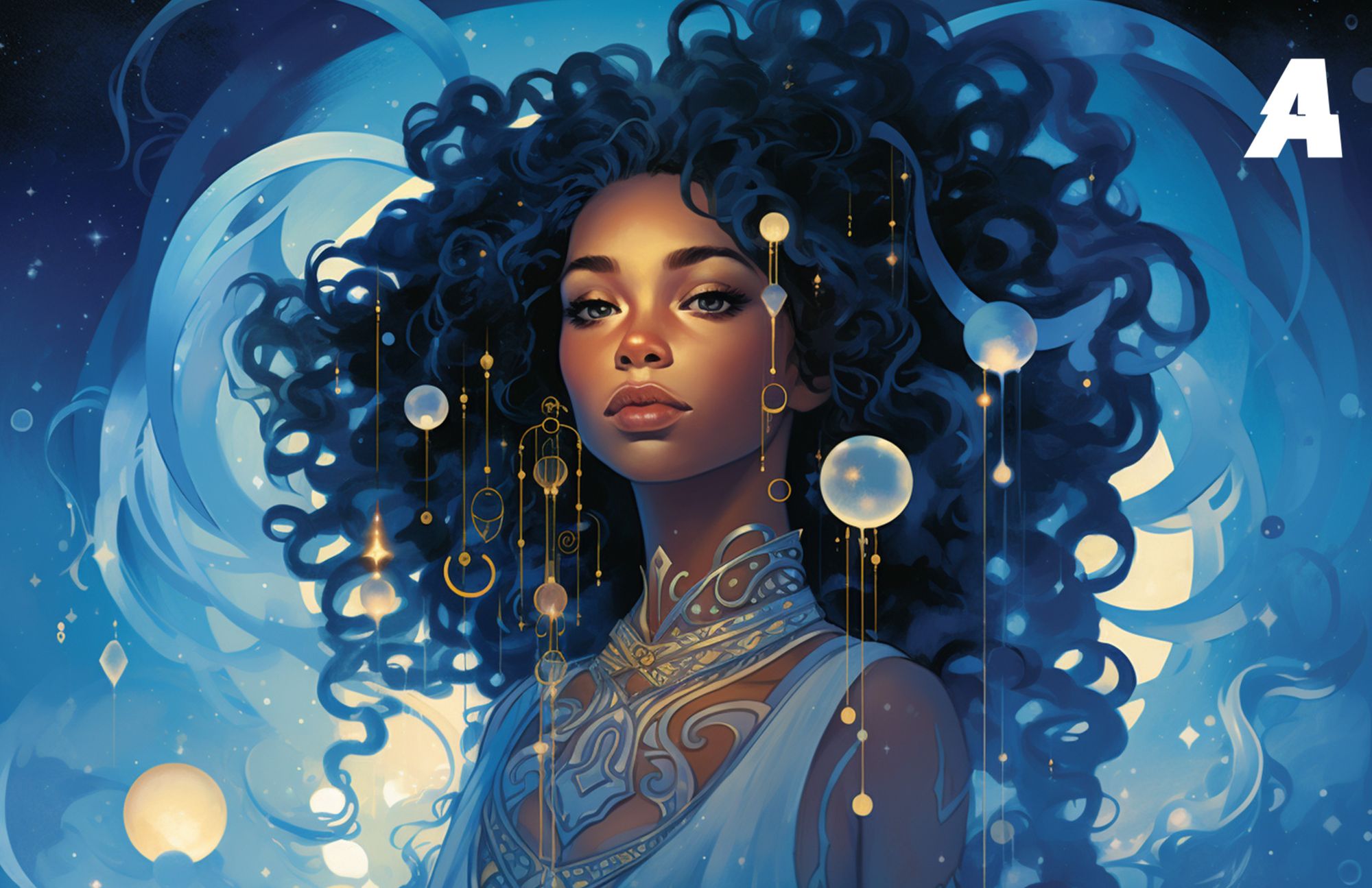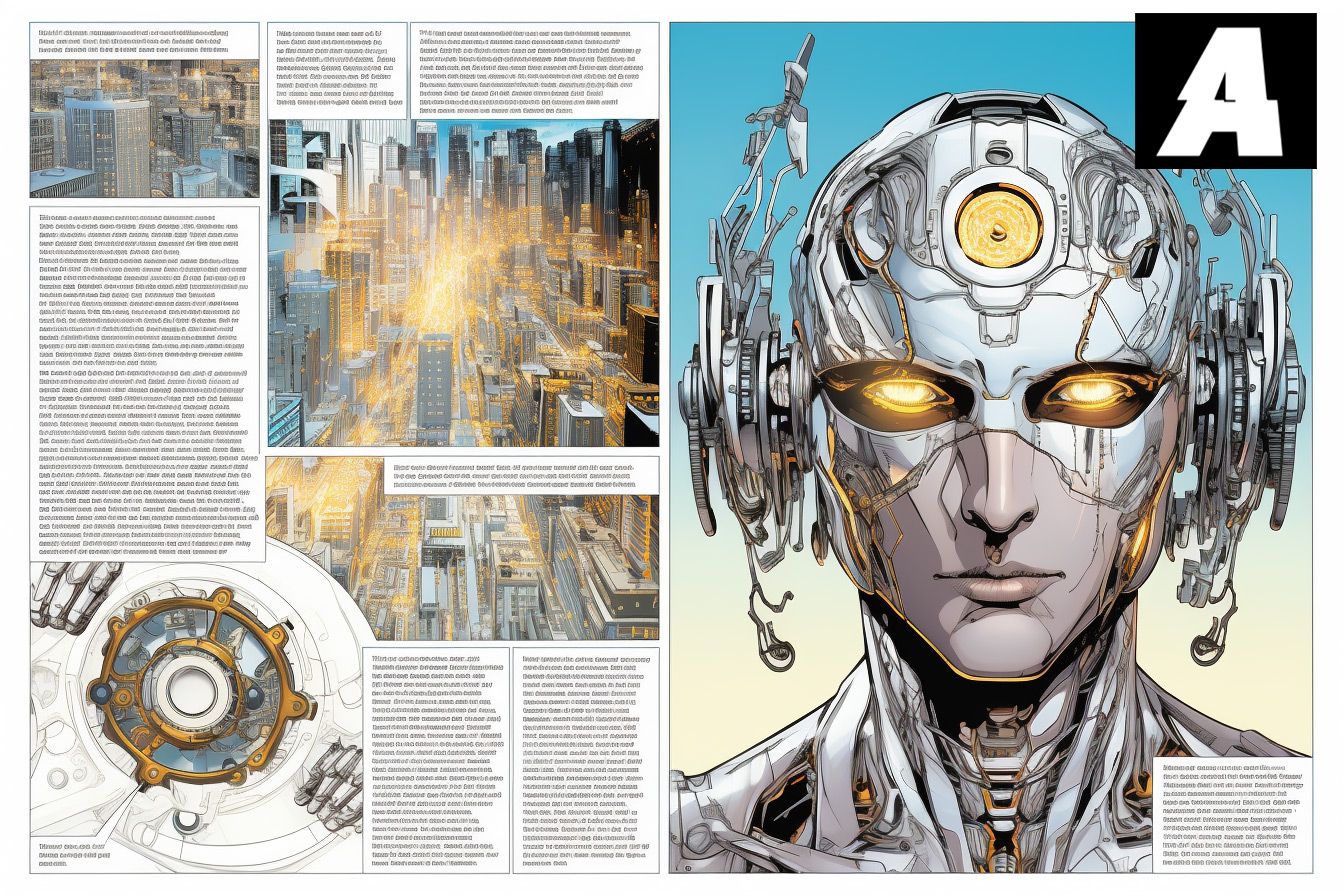US Copyright Not Protecting Ai-Generated Comic Art
US Copyright Office proclaimed that images generated through the AI-based Midjourney image generator for the comic book Zarya of the Dawn had been granted copyright protection erroneously, and the copyright for these images will now be rescinded.

On Tuesday (Feb 22, 2023), the US Copyright Office proclaimed that images generated through the AI-based Midjourney image generator for the comic book Zarya of the Dawn had been granted copyright protection erroneously, and the copyright for these images will now be rescinded.
In a letter from the attorney of the author Kris Kashtanova, the office had reported incomplete information in the original copyright registration. This has led to the original registration being cancelled and a new one being issued, which will not include protection for the images generated by an AI model. Instead, the new registration will only cover the text of the work and the arrangement of images and text. It is clear that originally, Kashtanova did not declare the images were produced by an AI model.
The copyright letter confirms that Ms. Kashtanova is the author of the Work’s text and the selection, coordination, and arrangement of the Work’s written and visual elements, and that this authorship is protected by copyright. However, the images generated by the Midjourney technology are not the product of human authorship, and as such are not protected by copyright. This story is precedent-setting, as it is the first time that artwork created by latent diffusion has been granted copyright registration.

When the Copyright Office got wind of the fact that Helena Kashtanova's work included AI-generated images through her social media posts, they sent her a notice in October to inform her that they wanted to revoke her registration unless she could provide additional information that would justify why the registration should remain. Her lawyer then sent a response to the letter in November, claiming that Kashtanova had authored every aspect of the work and that Midjourney was just a helpful tool.
The Copyright Office has made its position on AI-generated artwork clear in its recent letter, which outlines why it believes such images should not be granted copyright protection. In a key excerpt, the Office stresses the machine-generated origins of the images, citing COMPENDIUM (THIRD) § 313.2, which states that “the Office will not register works produced by a machine or mere mechanical process that operates randomly or automatically without any creative input or intervention from a human author”. Therefore, despite Kashtanova's claim that she “guided” the structure and content of each image, the process she described in her letter makes it clear that it was Midjourney, not her, that was responsible for the “traditional elements of authorship”.

The letter also provides further analogies to explain why the Copyright Office thinks that Kashtanova is not the creator of the images, such as hiring a human to create images using descriptions and performing a text-based image search on the Internet. This argument may be an important precedent for similar cases in the future, as it sets a strong precedent for copyrighting AI-generated images.
In her latest Instagram post, artist and AI-augmented creator, Kashtanova, has expressed her reaction to a ruling she received from the Copyright Office. Although she was disappointed by their decision not to recognize her copyright of the individual images, Kashtanova is not giving up the fight. She framed the ruling as an overall win for AI-augmented artists, as it protects the comic book's story and the image arrangement.
— Kris Kashtanova (@icreatelife) September 24, 2023
Kashtanova also said that the Copyright Office didn't understand some of the technology which led to the wrong decision, and that her lawyers are looking into their options to further explain how individual images produced by Midjourney are direct expressions of her creativity and therefore copyrightable. This ruling is great news for the AI art community and Kashtanova is determined to continue fighting for her individual images to be recognized.
As AI-generated artwork continues to advance, it is important to consider the implications of the recent US Copyright Office ruling that these works are ineligible for copyright protection. This ruling could remain in place unless it is challenged in court, revised by Congress, or examined by the Copyright Office in the future.

It is possible that AI-generated art may eventually gain copyright protection if the culture shifts to accept it. In the coming decade, different members of the Copyright Office may develop a new interpretation of the technology. AI-generated artwork is still a new and sometimes misunderstood technology, but it may someday become the primary medium for creating visual art.
Without copyright protection, the use of AI-generated art by larger media companies may be limited. This means the story of AI and copyright is far from finished. It will be interesting to see how the culture and the Copyright Office will view this technology in the future.
